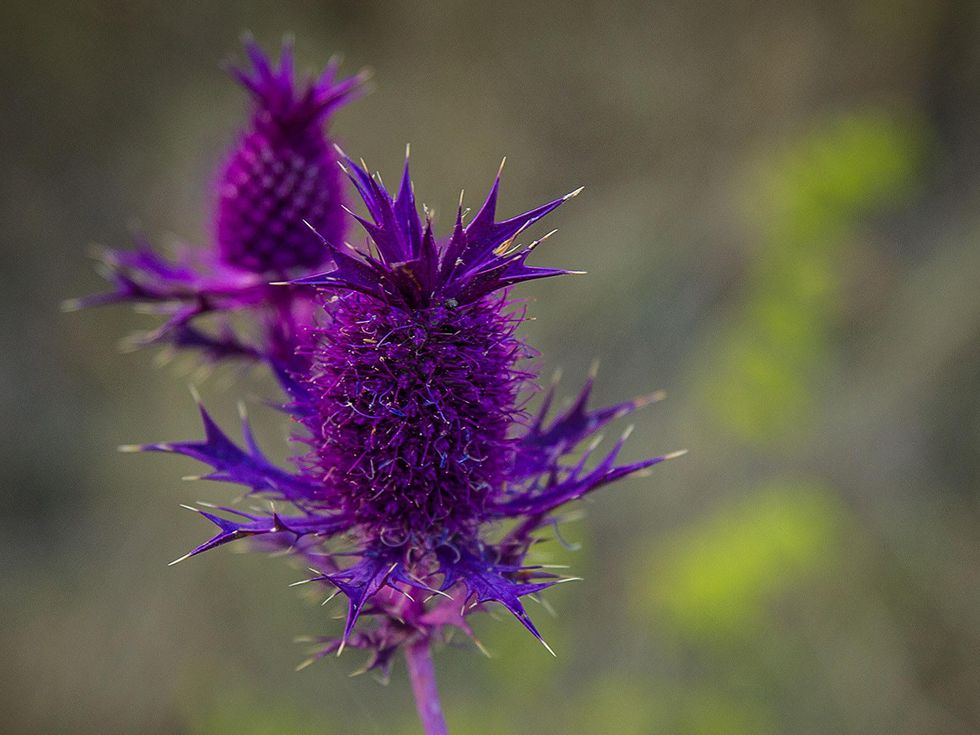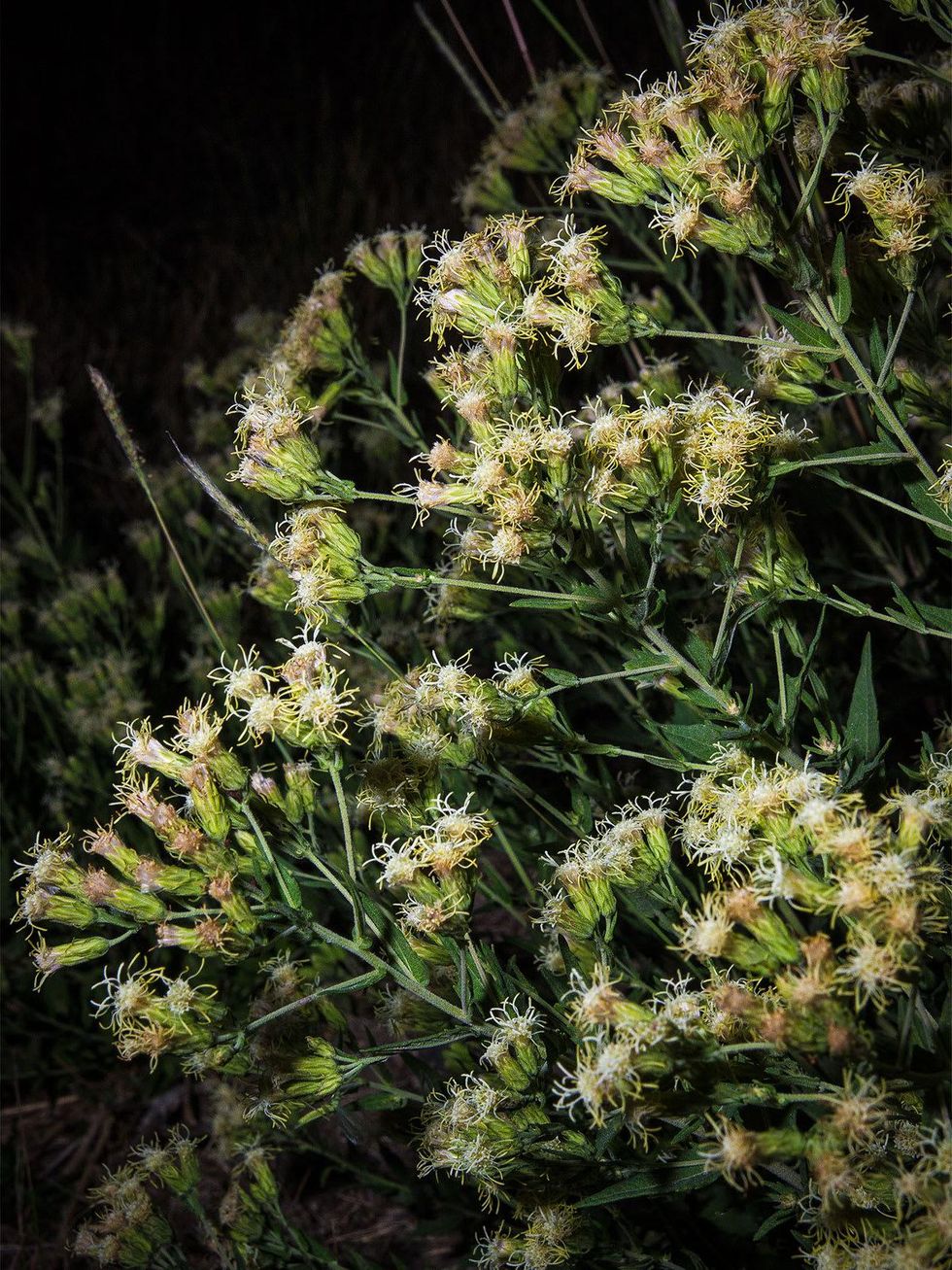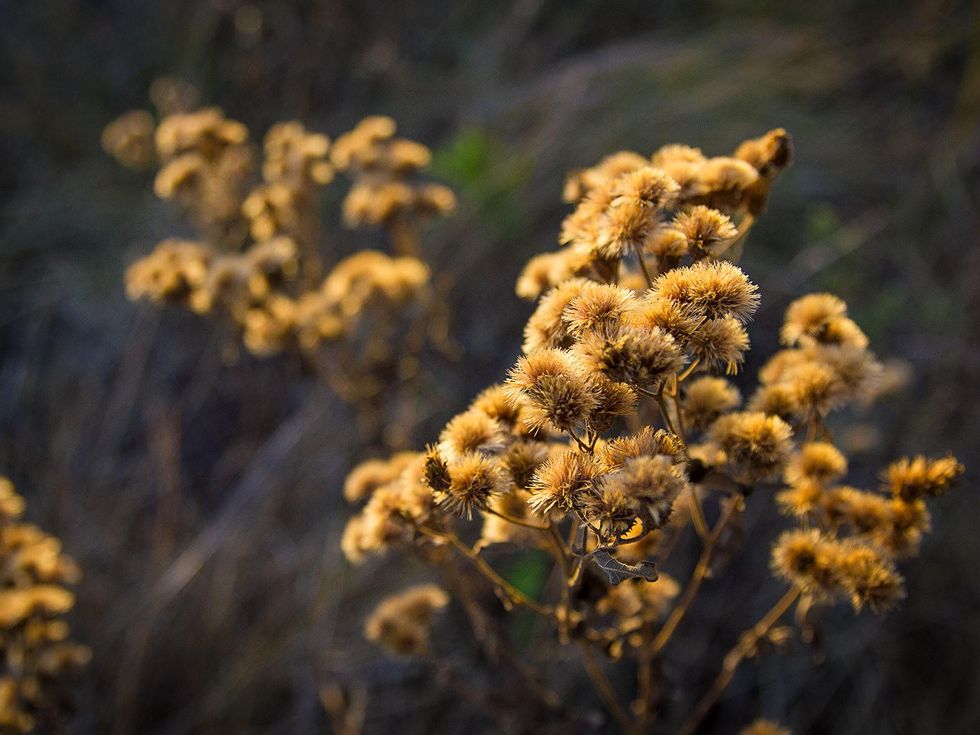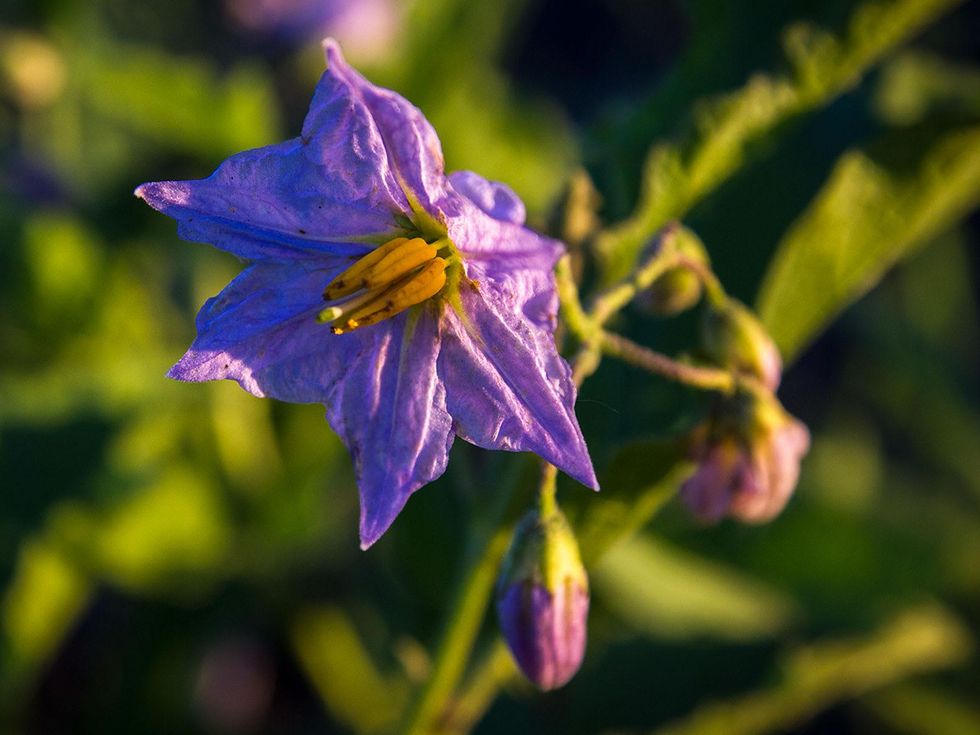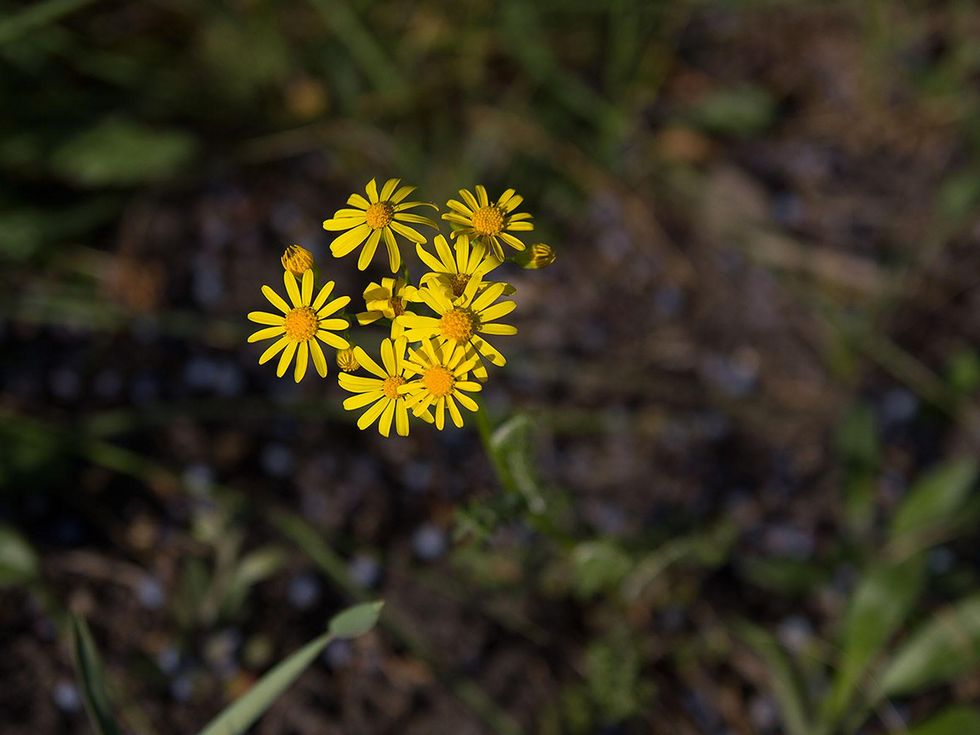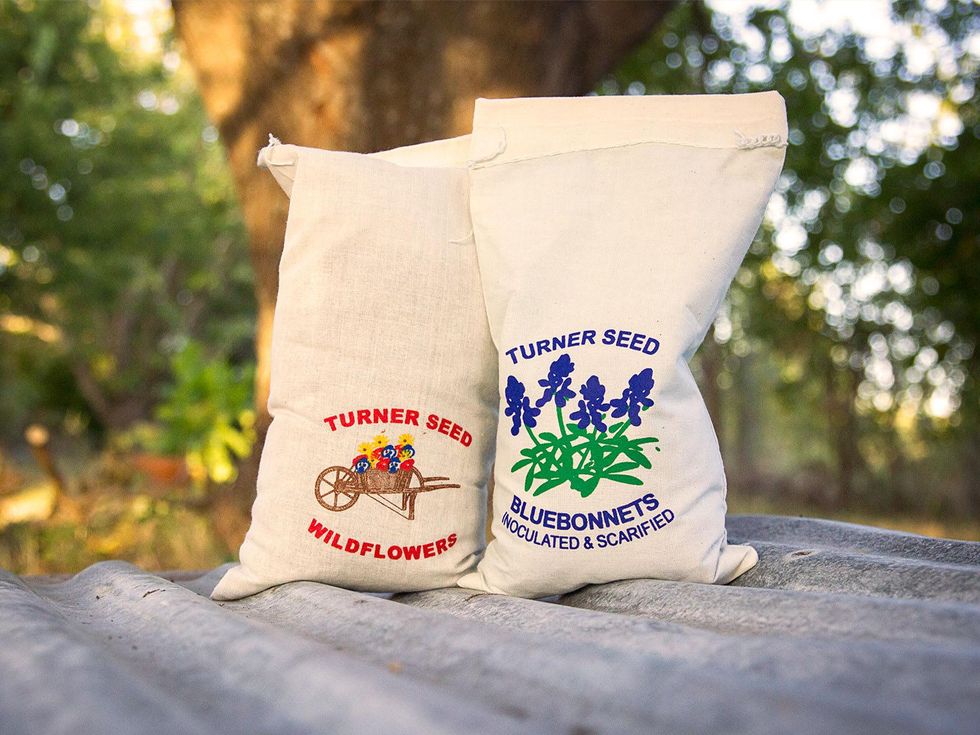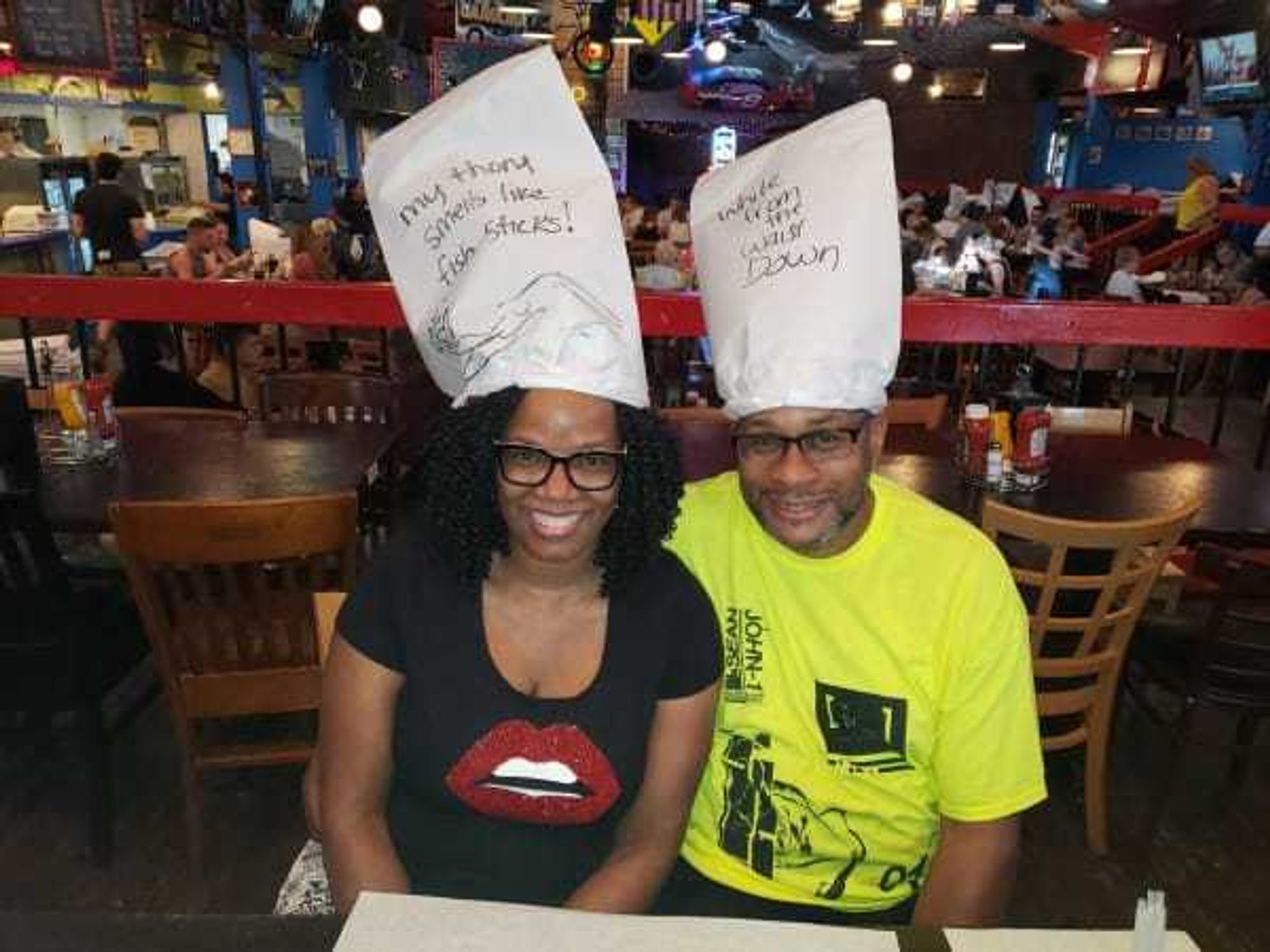The Farmer Diaries
Texas farmer learns finicky yet forgiving nature of wildflowers
Each October, I plant wildflower seed near the cropland where I farm. I started planting wildflower seed on my family's property more than 30 years ago, when my father and I harvested bluebonnet seeds from the wild near Waxahachie's reservoir and planted them on our land.
My intention was to restore the beauty of the prairie near our home. But this year, my purpose is as much about reversing the decline in populations of pollinating insects.
Until recently, I shrugged off reports of poor pollination from my farming friends. They planted the wrong varieties or over-fertilized, I thought. Surely the pollinator situation couldn't be that bad.
As a long-term strategy for ensuring a big harvest, adding wildflowers near the crops seems as important a task as any.
But it is that bad, says Tom Clark, soil conservationist with the USDA's Natural Resource Conservation Service in Waxahachie.
"Our pollinator numbers are actually going down all the time," he says. "We have loss of production on crops every year and loss of production in gardens every year because of lack of crop pollination."
Clark's words reinforce the urgency I feel about restoring as much of my family's property with wildflowers as I can. The seed isn't cheap, and the results are far from immediate. But as a long-term strategy for ensuring a big harvest, adding wildflowers near the crops seems as important a task as any other.
"Wildflowers provide lots of beneficial habitat for insects, especially our pollinators," Clark says. "We've got to have pollinators to pollinate cantaloupes, watermelons, cucumbers and many other crops we just can't produce without them.
"They also provide seeds and cover for our songbirds. Their taproots break up heavy soils and add back organic matter to our soils where we may having nothing else growing."
Clark consults with residents of Ellis County, from landowners with hundreds of acres to homeowners who'd like to plant a packet of wildflower seeds along a fence. Dallas County residents can get advice from the USDA's office in Forney; Austin has its own office too.
Clark says that the most important thing about planting wildflowers is to ensure that the seed makes contact with the soil.
"Choose a site that doesn't need to be mowed and that gets plenty of sun," he says. "Rake back the thatch that covers the soil, so that the seed can make good contact with the soil.
"Wildflowers provide lots of beneficial habitat for insects, especially our pollinators," says soil conservationist Tom Clark.
"Plant wildflower seed anytime during the fall. Don't worry about watering it, just let the rains take care of it," he adds. "The seed will germinate when the conditions are right. It may be this year or next year; the seed can last for years just waiting for the right soil moisture, temperature and light.
"Wildflower seed is tough as nails — until it sends its taproot out," he says. "That's when it's got to be able to reach down into the soil immediately, before it dries out. If that taproot gets into moist soil and can reach down into it to become established, the wildflower plant can grow for months as a short rossette, just growing that taproot down deep until it eventually pops up in the spring with a beautiful bloom."
After the flowers fade, the plant must be left in place to dry out until its seeds are ready to be dispersed. Don't make the mistake of mowing down the plant when the flowers fade or you'll ruin any chance of the seeds producing plants the following year.
I plant a mix of wildflowers that produces bluebonnets in the spring, followed by Indian blanket, primrose, plains coreopsis, verbena and a long list of other flowers. I also plant a bag or two of bluebonnets, even though there are already plenty established on the property.
There's always somewhere they can be added, and I can't get enough of their fragrance during the spring, when I'm preparing my raised bed garden for planting. The scent laps against my face, in waves in the breeze.
Clark's office has seed; I also buy from Native American Seed, Wildseed Farms and Native Seeds/SEARCH. Shopping around, I find a larger variety of natives to plant.
Some of the natives grow naturally on the land. I'm certain that none of the seed mixes I've planted contain boneset, but it's becoming established along my driveway. It's possible that its seed lay dormant in the soil for decades until the right conditions allowed it to germinate.
Now this night-blooming perennial scents the air each October night with a fragrance so strong, it's as if a barrel of room air freshener has been sprayed all over the countryside. It attracts flocks of moths all night long; moths are pollinators too.
Wildflowers require no maintenance. They grow in poor, rocky soil or deep, loose fertile soil; it makes no difference. Watering them can set them up for failure, so better to let the rain take care of them. There's nothing that needs to be done to the soil to keep them healthy.
I only mow the area I've established with wildflowers once a year, in late fall. This allows all the spring, summer and fall blooming flowers to go to seed, thus increasing their spread the following year.
The farmland my parents bought in the '70s was a cotton field when the house was built, with every sign of life scraped off. Now, 40 years later, it's filled with native wildflowers that keep our pollinator populations stable for now. Each year, I add a little more wildflowers to the mix though, just to be safe.
